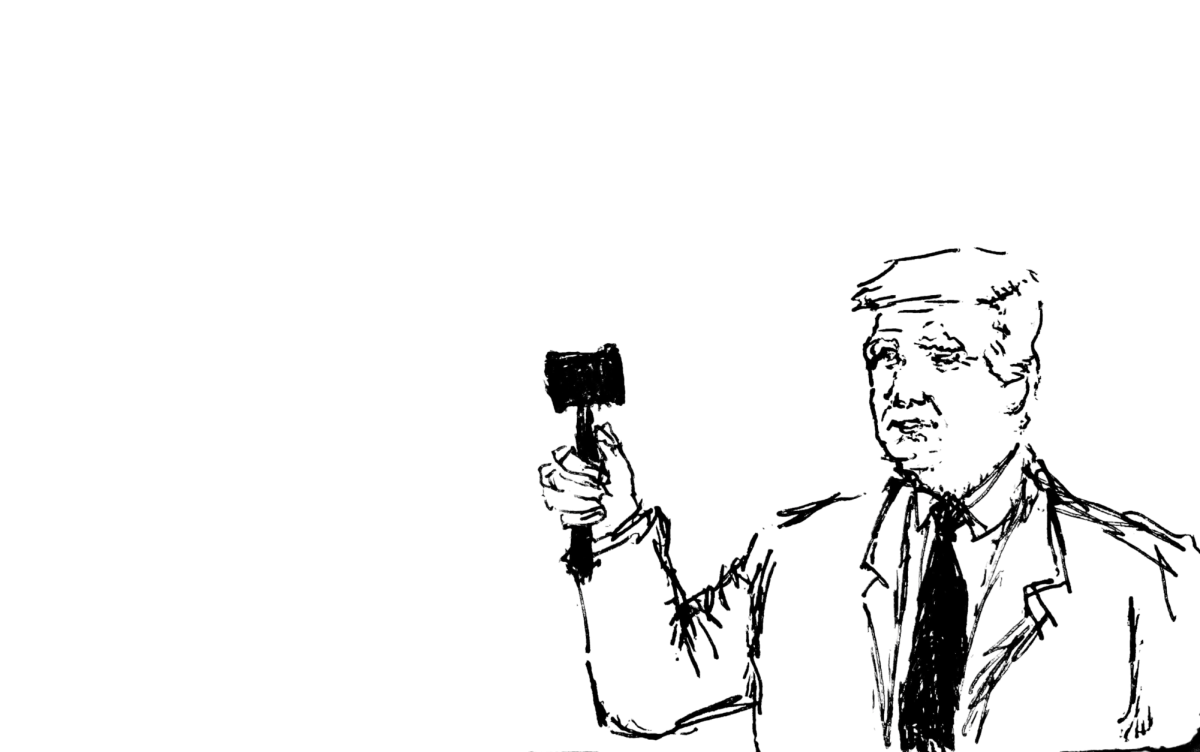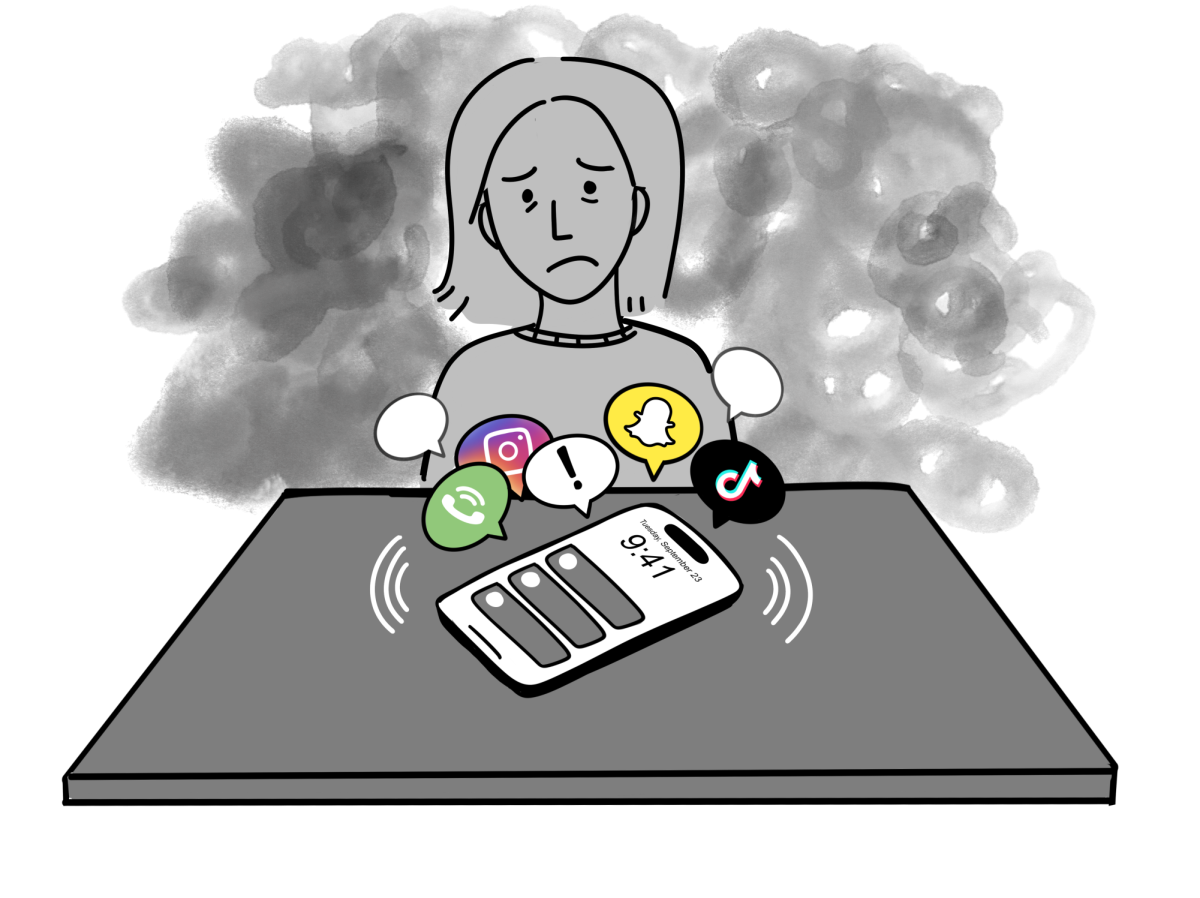Seventy-three feeling alone sometimes or always. Forty-two percent of high school students reported feelings of sadness or hopelessness in the past year. The number of teens who report meeting with friends daily has halved since 1980. COVID may have exacerbated it, but the increasing desocialization of adolescents has long been a trend. This isn’t just some abstract problem, either—isolation comes at a deadly cost. Whether it’s stroke, heart disease, anxiety, depression, or any number of physical and mental conditions, the toll of social isolation is clear. The desocialization of the American adolescent is not some matter of mere happenstance. Rather, social dysfunction has been precipitated by a change in our infrastructure itself. The issue, and the answer, lies in third places.
Third places provide one of the most effective methods for addressing teenage loneliness. Third places, a concept coined by sociologist Ray Oldenberg, describe places outside both the home and the workplace. These places can include cafés, art galleries, and parks. They provide opportunities for community engagement and facilitate a broader sense of belonging. In other words, they’re places to hang out.
The third place is rapidly disappearing. In the face of an America that is becoming dramatically less social, the third place is nearing extinction. This is leading to increased rates of loneliness and isolation, especially in teenagers. LM has an opportunity to cultivate a free, inclusive third place. According to the Atlantic, many third places are inaccessible to the public due to pricing. They may also be “apparently designed to disincentivize lingering.” LM has an opportunity to fight this trend of discouraging healthy congregation.
If LM wants to fight back against the burgeoning trend of social isolation—and establish a third place of its own—the answer is clear: open the library after school. Essentially, an open library would provide a vital third place. By allowing students to use the place freely, a whole host of possibilities would be created, facilitating both social and academic flourishing.
Additionally, having the library available after school could provide a place for academic support. As found by Fordham University, the amount of time students are able to spend studying or working on homework is directly related to that student’s socio-economic status. With wealthier students generally having home environments more conducive to academics, creating a safe, productive, supportive environment could help bring about some sense of parity.
Opening the library after school could potentially provide a place for students to study and do homework. Currently, students are deeply limited in their ability to stay after school unless they’re part of an official club or organization. By allowing students to freely use the library after school, those outside of select clubs would be able to independently use it as a study place. Georgia Bond ’25, for instance, notes that “I never end up getting much work done when I go home. I’ve tried to use the library before, but got refused. It’d be nice—and convenient—if I had a place right here at school.”
It’s a comment mirrored by Library Aide Maura Gorman. Referring to the initial shutdown of the library after school, Gorman attests she was “not very happy about it. Since that’s happened, a fair amount of students have come to the library after school, and we’ve had to tell them it’s not available anymore. They do allow students to sit outside the guidance suite after school, but if you want to work quietly—there’s a lot that sit there—the library would be better. Some kids need to stay, to do homework, if they have a sports activity that doesn’t start until later on.
There are other steps, too, that can help create a more welcoming library environment. The sign-in system at the library is a key aspect in dire need of reform. If the library is to serve as a third place for students to exist outside of school and work, it’s necessary that students be able to enter and exit the library as they please, without needing to complete the tedious process of signing in each time. While it might not seem significant that students sign in when entering the place, it signals a greater issue within our library system. By requiring sign-ins at the library, administration is taking symbolic ownership of the library, turning it into a place where students are viewed as guests. Students must be allowed to take symbolic ownership of the place and our education, which will inevitably result in increased productive use of the library as students are able to once again view the place as theirs.
Whether it’s as a convenient study place or a community hub, the value of the third place is evident. With social isolation now endemic, the need for action has never been greater. LM should seize the opportunity to enrich the social and academic lives of its students and open the library after school.





